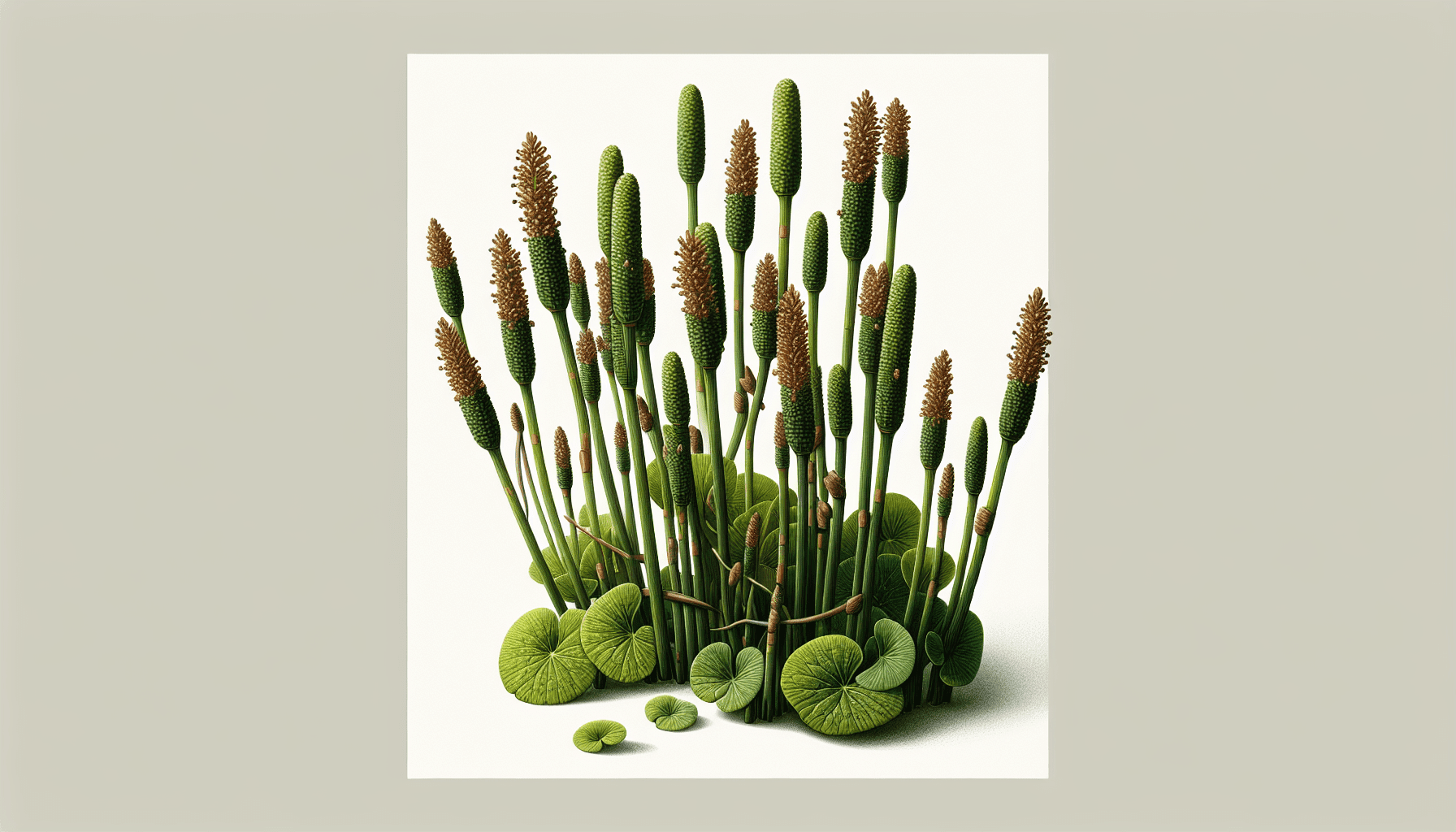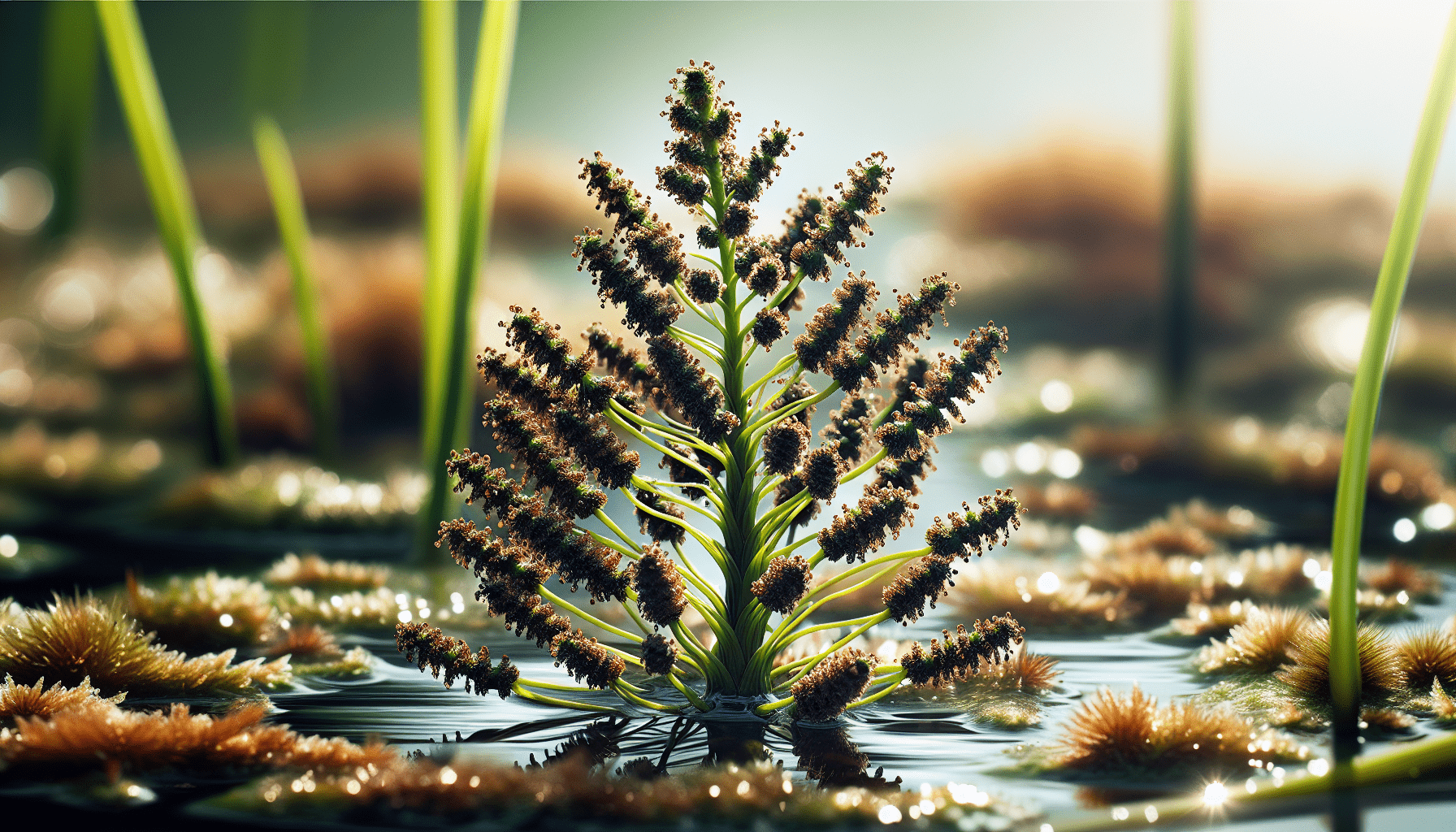The aquatic plant world holds a plethora of species, each carrying its own unique characteristics, traits and environmental impacts. The aquatic weed Juncus Bufonius, commonly referred to as the toad rush, certainly isn’t exempt from the intrigue linked to this diverse kingdom. This piece elaborates on the world of Juncus Bufonius, exploring its anatomy, life cycle, ecological impacts and other fascinating facets. Yet, understanding this plant, like any other living organism, means peering into its habitat, effect on biodiversity and other relevant aspects – all of which are touched upon in the following discourse.

Overview of the Aquatic Weed Juncus Bufonius
Juncus bufonius, also referred to as the aquatic weed, belongs to the family Juncaceae. It is a species that exhibits distinctive attributes in its appearance, making it easily recognizable out in the wild.
Species classification
As an angiosperm belonging to the order Poales, Juncus bufonius is classified under the Rush family, Juncaceae. This herbaceous perennial plant genus is known to comprise around 300 species, each possessing unique characteristics.
Description of plant
Juncus bufonius is batch-forming weed characterized by its slender, grass-like leaves and tall stems. The plant has a hairless green to dark purple stem, reaching up to 60 cm in height. Its flowers, which bloom between June and September, are small, greenish-brown, and typically clustered at the stem’s apex.
Common names
Although its scientific name is Juncus bufonius, this aquatic plant is known by several common names. Some of these include Toad Rush, Cane Rush, or Frog Rush. The diversity of its names often correlates with its ubiquitous presence across different geographical regions.
Habitats of Juncus Bufonius
Environment preferences
Juncus bufonius generally thrives in wet, damp to inundated environments. This makes it a common sight in habitats such as marshes, swamps, and seashores. It is also found in a variety of disturbed habitats, including crop fields, gardens, roadsides, and ditches.
Geographical distribution
Being a cosmopolitan species, Juncus bufonius has a widespread geographical distribution. Its presence spans across numerous continents, including North and South America, Europe, Asia, Australia, and Africa.
Life Cycle of Juncus Bufonius
Growth pattern
The lifecycle of Juncus bufonius follows a seasonal growth pattern. Vegetative growth begins in fall, intensifying in the spring. This gives rise to dense foliage in a patch formation prior to the blooming cycle that occurs in summer.
Seasonal variations
Seasonal changes significantly influence the growth and maturity of Juncus bufonius. While the plant is known for its winter-hardiness, it flourishes best during spring and early summer seasons, given the ideal moist conditions.
Reproductive mechanisms
The primary reproductive strategy of Juncus bufonius is seed production, which is propagated through wind and animal dispersal. In addition, it also reproduces vegetatively via rhizomes, contributing to the resolution and spread of dense patches.

Function and Role in the Ecosystem
Role in biodiversity
Playing a pertinent role in biodiversity, Juncus bufonius forms feeding and hiding grounds for many invertebrates, birds, and small mammals. It also contributes towards soil stabilization and erosion control, particularly in marshy and water-abundant environments.
Influence on water quality
By absorbing excess nutrients often found in runoff water, Juncus bufonius aids in improving water quality. It also assists in creating a balanced aquatic ecosystem by providing oxygen and habitat for aquatic life.
Interactions with wildlife
Ephemeral wetlands inhabited by Juncus bufonius are important breeding sites for amphibians. The plant also provides nesting materials and a source of food, specifically its seeds, for various bird species.
The Nutrient Requirements of Juncus Bufonius
Soil preferences
The plant prefers sandy, loamy, and clay soils that are well-drained yet retain some moisture. While it can grow in nutritionally poor conditions, it thrives better in fertile, organic-rich soil.
Water quality requirements
As for water quality, Juncus bufonius prefers neutral to slightly acidic conditions. This is typical of the damp, marshy environments that the plant naturally inhabits.
Light requirements
In terms of light, Juncus bufonius is tolerant of a broad spectrum and can thrive in both full sun to partial shade environments. However, it exhibits the best growth under full sunlight.
Managing Juncus Bufonius
Prevention measures
Preventing the spread of Juncus bufonius can be achieved by monitoring and managing potentially impacted areas. Restricting water flow and limiting nutrient availability can also help curb its growth.
Control strategies
Control strategies typically involve mechanical removal or the use of herbicides. Both methods have their disadvantages, such as possible negative environmental impacts and the risk of uncontrolled spread.
Eradication procedures
Eradicating Juncus bufonius is often complex due to its rapid growth rate and prolific seed production. However, combined approaches involving frequent monitoring, mechanical removal, and appropriate chemical treatment could yield effective results.
Beneficial Uses of Juncus Bufonius
Use in landscaping
Juncus bufonius’ interesting visual characteristics and tolerance to various environments make it a popular choice for landscaping. This includes incorporating it into waterfront or bog garden designs.
Medicinal Uses
Historically, Juncus bufonius has been used for various medicinal purposes, including the treatment of gastrointestinal disorders and as an antiseptic agent. However, modern scientific evidence supporting its medicinal efficacy is lacking.
Cultural significance
Certain cultures value Juncus bufonius for its traditional uses, as well as for its ecological importance. For instance, it is considered a symbol of humility and modesty in some parts of Asia.
The Threat of Juncus Bufonius
Potential for invasiveness
One major concern with Juncus bufonius is its potential for invasiveness. Due to its rapid growth and ease of distribution, it poses a significant environmental threat by competing with native species.
Impact on native species
The extensive growth of Juncus bufonius can choke water bodies and outcompete native vegetation. This alters the structure and function of ecosystems, affecting the wildlife that depends on these native species.
Effects on human activities
In agriculture and aquaculture, Juncus bufonius can reduce water flow and hinder access to water bodies. It also increases the cost of weed control, impacting the economic productivity of these sectors.
Juncus Bufonius and Climate Change
Resilience to climate change
Juncus bufonius exhibits high resilience to climate change owing to its wide ecological tolerance. This may facilitate its survival and spread amid changing climatic conditions.
Impact of climate change on its distribution
It’s predicted that climate change, specifically increased temperature and precipitation, could further enable the expansion of Juncus bufonius. This is due to its preference for moist conditions and ability to spread via water.
Role in carbon sequestration
Emerging evidence suggests that Juncus bufonius, along with other wetland plants, may play a part in carbon sequestration. Hence, its role in mitigating climate change should not be overlooked.
Research on Juncus Bufonius
Current scientific studies
Current research on Juncus bufonius is centered around understanding its biology, distribution patterns, and ecological role. Analyzing its impacts on invaded ecosystems is another area of active study.
Advancements in understanding its biology
Recent advancements have increased our knowledge on the adaptive traits of Juncus bufonius. Understanding these traits can contribute to better management and control strategies.
Potential future research directions
Promising future research directions include exploring its genetic diversity and potential for biocontrol, assessing its role in carbon sequestration, evaluating its medicinal properties, and investigating its interactions with other species in its adopted ecosystems.